Well it started with a bath bomb scented with lavender and hyssop. Sometimes God will use the secular to bring you into the sacred.
Lavender I was familiar with, hyssop seemed so ancient. I knew it was from biblical times, but I had no idea of what relevance. Maybe it was medicinal? I wasn’t sure.
Sometimes God will use your questions to bring you answers.
The first place I found hyssop in the bible was when Jesus was dying on the cross. Toward the end of his unimaginable suffering, just before uttering what would be the punctuation of his sacrifice, “It is finished.” He states he is thirsty and a drink of sour wine is offered to him.
He accepts.
But the drink isn’t offered in a cup or goblet, it isn’t soaked into a cloth or rag, it isn’t lifted up to be drunk from some sort of straw. It is soaked into a plant whose bunch of blooms naturally grows like a sponge and the long, brittle stalk of the plant is lifted to his lips to satiate the King. The plant is hyssop.
Now, I don’t know if you’ve ever seen hyssop. It is kind of rare to find where I live in northwest Georgia. But I became so interested in this plant I actually sought it out and now grow it in my backyard.
Below is a photo of my hyssop, whose species has lived long enough to bridge my modern time with the very day of our Lord and Savior’s death. Think of this for a moment. This, in and of itself, would be a neat connection had it been any plant. But learning the anatomy of hyssop, specifically, has made this a little bit of a Eucharist experience.
The Eucharist, or Holy Communion, is a Christian tradition practiced in remembrance of The Last Supper. The Last Supper has been “trending,” as they say, since the opening ceremonies of the Olympics.
Through this remembrance, if we are doing it right, we know this isn’t just a move through the motions. It isn’t just a cracker, it is the body of Christ, broken for me and for you. It isn’t just juice, it is the blood of Christ, shed for me and for you. When we take these elements with sacred reverence, we are acknowledging the presence of Christ in real time, for all time. Time, in fact, actually becomes irrelevant. And in that moment, limitations collapse, the veil dissolves, and we enter fully into the unseen, spiritual life. (More on the real presence of Christ in communion in my previous post here.)
Watching my hyssop plant grow for the first time, I observed its stalks were long and thin, brittle and sturdy, which would have made them ideal for extending to reach the height of a human hanging on a cross to die.
I observed the bunches of blooms that are dense and yet porous, just like a sponge, which would have made them ideal for absorbing a liquid to press against the parched lips of a dying man.
And as it dawned on me that this special plant was designed in just this way and grew in just this area that it could be used for just this purpose of that dark and harrowing day of the crucifixion, that it would be designated as an instrument of one of the only comforts to our savior in an otherwise horrifying sacrifice, that it would propagate and reproduce and grow and thrive and travel the world for thousands of years and show up one day on my doorstep in a simple pot in which my friend had planted it and gifted it to me, so that in seeing it alive here, now, I could be reminded not only of the truth of this story, the exact and precise reality of its occurrence, but that like the Eucharist, when I remember the role that this plant, this element played, all of time collapses and I am all but transported back to that pivotal day of which the gospel of my salvation entirely rests.
I can run my fingers down the long stalk ridges that would have been lifted up to him, feel how it would have held its own weight even with wine soaked into its blooms on the end. I can squeeze the spongey cluster that would have pressed against his lips mercifully.
And every cycle of this plant for thousands of years, generation after generation, as it lives and dies and lives again becomes a persistent reminder of the resurrection of Christ, that life conquers death, that Christ will prevail, the humble will be exalted, the lowly will be crowned, the meek will inherit the earth, and the end is already written.
So, when I hear about the alleged mockery of The Last Supper, I am really not offended. Because I understand that to portray it, in any manner, is not the same as entering into it. What the Eucharist is really about is entering into the remembrance and thereby presence of Christ.
But sometimes God will use the secular thing to bring you into the sacred. Sometimes he will use your questions to bring you answers.
I like to think because of the controversy surrounding the opening ceremonies, someone now knows about The Last Supper who never heard that story before. Someone is asking questions about this “Christ.” Someone has got a curious flame lit inside of them that may feel like doubt or even cynicism, but God is using it to draw them nearer.
And next time someone potentially mistreats something that Christians hold sacred, and spoiler alert - they will - my hope would be that we would not become consumed with offense but instead, acknowledge some positive attribute and simply invite them into how you see it.
“Wow, that was creative! You know what it reminds me of, though? When Jesus gathered his disciples for a final attempt to teach the sacrifice that he would ultimately endure and establish a tradition for generations to forever remember and hold his presence near. Can I tell you more about why this is so sacred in my life?”
And anytime I need to remember that God is not dethroned by mockery or anything else that happens in this world, I’ll just consult the hyssop that was there for him as the only soothing comfort that day on the cross and I will let it soothe my worries and fears, remembering that Christ is still in control.

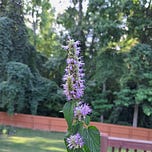


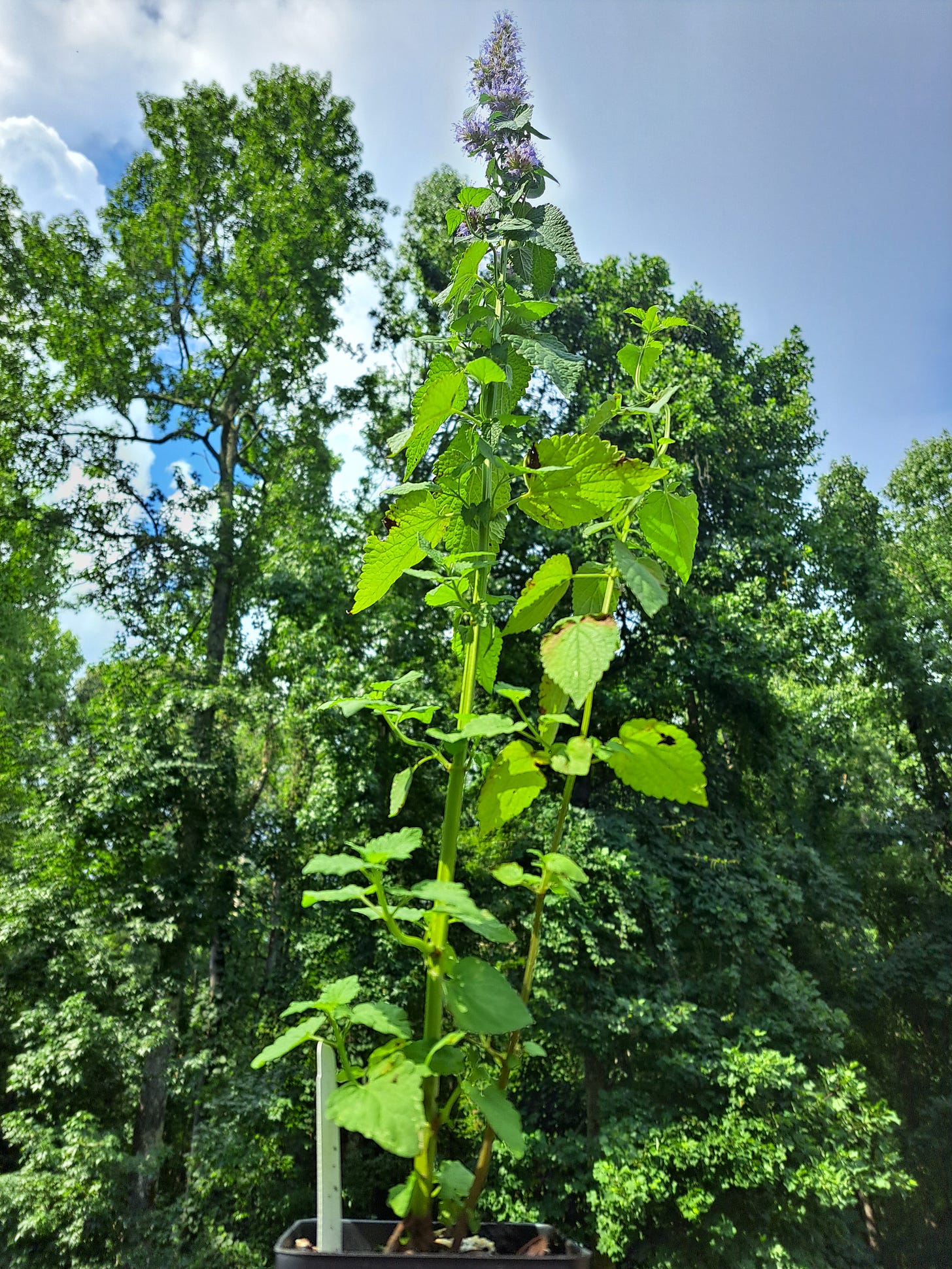



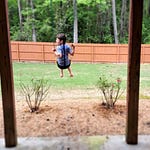


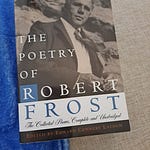

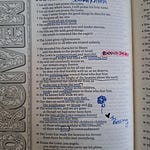
Share this post